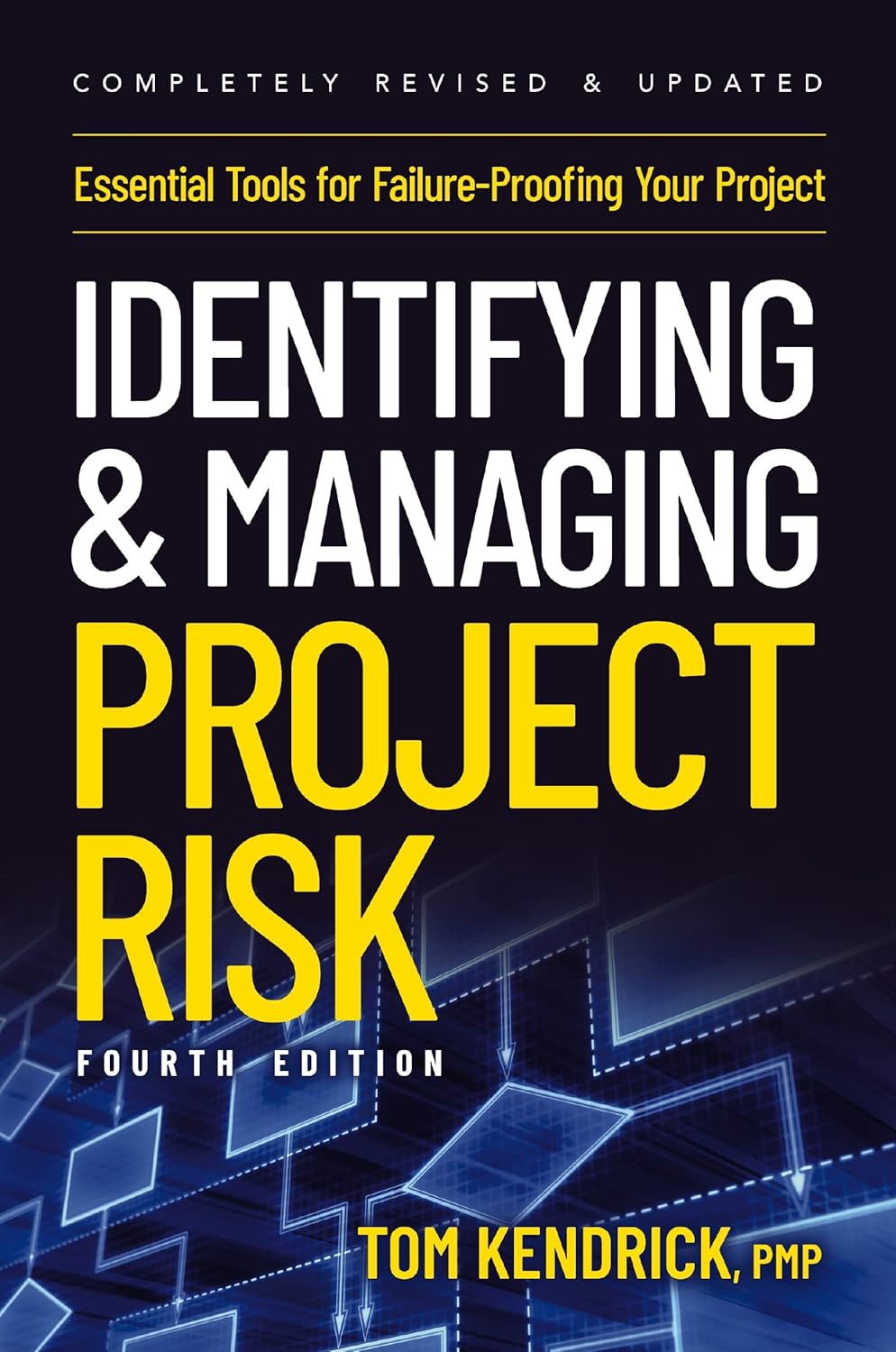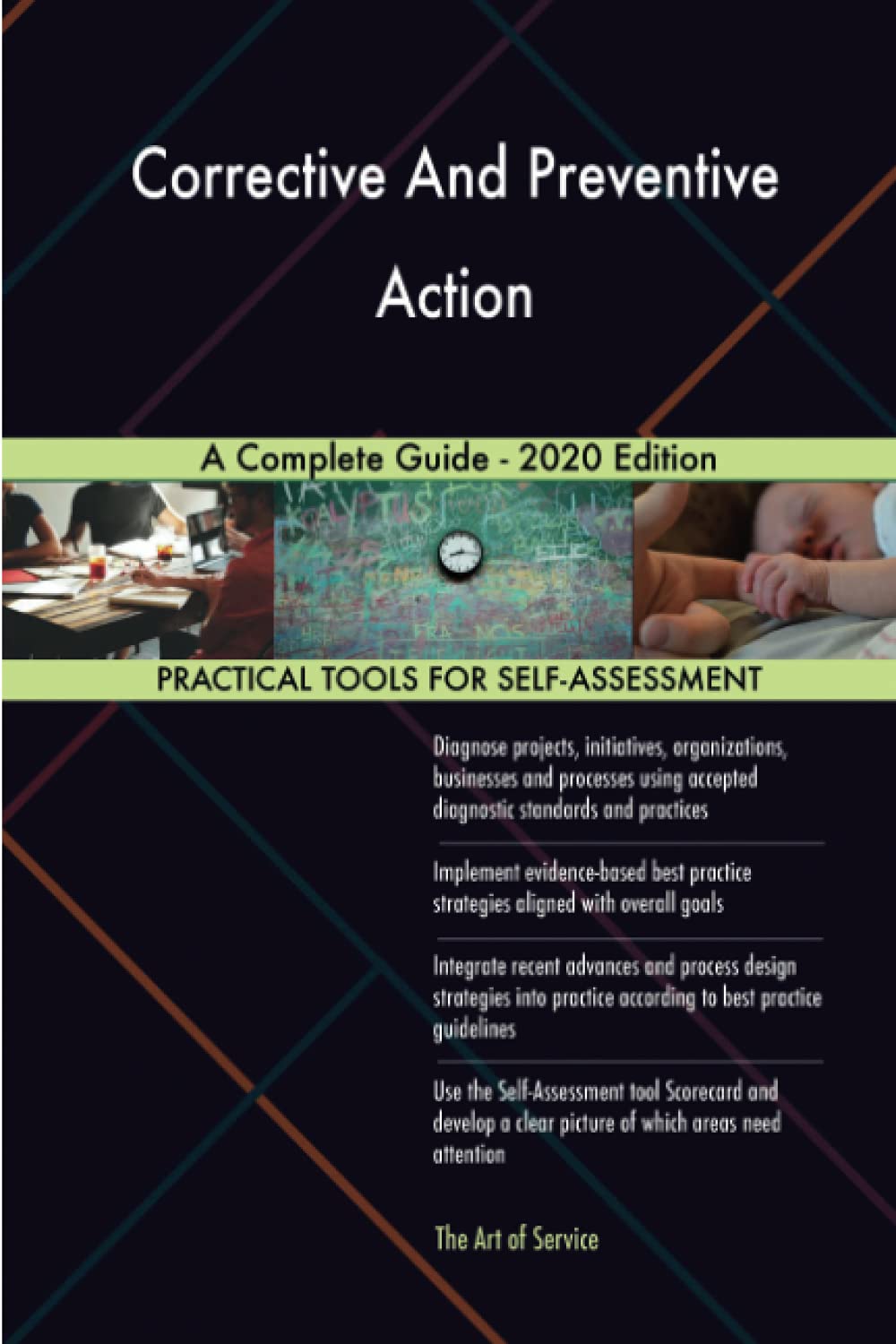
Preventive Action
What is Preventive Action?
Preventive action is a proactive step taken to eliminate the causes of potential problems in a project before they occur. It involves identifying risks or issues that could arise and implementing measures to avoid them. These actions help meet project objectives by reducing the likelihood of deviations from the project plan. Unlike corrective actions, which respond to problems after they happen, preventive actions focus on anticipating and avoiding future disruptions.
Project managers use this approach during planning and throughout the project life cycle to maintain quality, meet deadlines, and stay within budget. By preventing issues instead of reacting to them, teams can reduce delays and increase overall project efficiency.
Key Points
- Preventive action is forward-looking and aims to avoid problems before they happen.
- It relies on identifying potential risks, analyzing their root causes, and implementing mitigation strategies.
- These actions include updating processes, training staff, enhancing tools, or adjusting schedules.
- It differs from corrective action, which addresses problems after they occur.
- Effective use of preventive actions supports continuous improvement and risk management.
Related Terms
- Risk management refers to the process of identifying, assessing, and controlling project risks, which often includes planning preventive actions.
- Project teams use corrective action to fix problems that have already occurred, contrasting with preventive efforts aimed at stopping issues before they start.
- Quality assurance involves using planned and systematic activities, such as preventive actions, to ensure project outputs meet defined standards.
- A project management plan may outline preventive strategies to effectively manage time, cost, and scope.
- Root cause analysis helps teams identify the underlying reasons for potential problems, informing practical preventive actions.
Preventive Action: Example
A software development team anticipates that a lack of user feedback during early stages might result in a product that does not meet client needs. They schedule regular user testing and feedback sessions throughout development to prevent this. These steps help avoid costly rework later in the project.
Preventive Action: Best Practices
- Identify and assess risks early in the project to develop appropriate preventive measures.
- Document all actions and link them to specific risks in the project plan.
- Engage the team in brainstorming sessions to uncover potential problems.
- Monitor the effectiveness of preventive actions and adjust them as needed.
- Include preventive strategies in regular project reviews to promote accountability and improvement.
Additional Resources
Preparing for a PMI certification?
- Exam Prep Courses: PMP®, CAPM®, and PMI-ACP®
- Exam Simulators: PMP®, CAPM®, PMI-ACP®, PMI-PBA®, PMI-RMP®, PMI-SP®, PgMP®, and PfMP®
- Professional Development Units (PDUs): 15, 30, and 60 PDU Bundles




